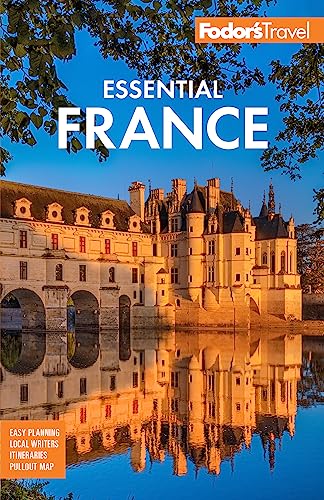Planning Your Time
How do you find the best vineyards (also referred to as crus, clos, and domaines) if you're based in Bordeaux? Easy—just head in any direction. The city is at the hub of a patchwork of vineyards: the Médoc peninsula to the northwest; Bourg and Blaye across the estuary; St-Émilion inland to the east; then, as you wheel around clockwise, Entre-Deux-Mers, Sauternes, and Graves.
The nearest vineyard to Bordeaux itself is one of the best: Haut-Brion, on the western outskirts of the city, and one of the five châteaux to be officially recognized as a premier cru, or first growth. There are only five premiers crus in all, and Haut-Brion is the only one not in the Médoc (Château Mouton Rothschild, Château Margaux, Château Latour, and Château Lafite Rothschild complete the list). The Médoc is subdivided into various appellations, or wine-growing districts, with their own specific characteristics and taste. Pauillac and Margaux host premiers crus; St-Julien and St-Estèphe possess many domaines of almost equal quality, followed by Listrac and Moulis; wines not quite so good are classed as Haut-Médoc or, as you move farther north, Médoc, pure and simple.
The Médoc wine region begins at the meeting point of the Dordogne and Garonne Rivers, just north of the city. The D2 (aka the Route des Châteaux) cuts northwest through the majority of the wine country along the Gironde all the way to Talais, and the D1215 farther west runs through the other side of the region, entering appellations like Listrac and Moulis.
Eastward lies the Libournais and St-Émilion regions, with Libourne being the main transportation hub if you’re heading to the stunning Vieille Ville (Old Town) of St-Émilion, which deserves at least a day, if not two. The surrounding vineyards see the Merlot grape in control, and wines here often have more immediate appeal than those of the Médoc. There are several small appellations apart from St-Émilion itself, the most famous being Pomerol, whose Château Pétrus is the world's most expensive wine. South of St-Émilion is the region known as Entre-Deux-Mers ("between two seas"—actually two rivers, the Dordogne and Garonne), whose dry white wine is particularly flavorful. This region is famed for its sweet wines, including the world's best, which hail from legendary Sauternes.




